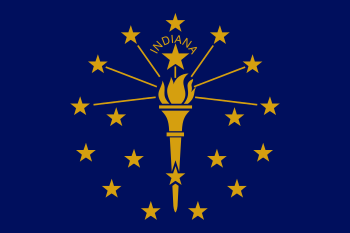Blocks of Five
The Blocks of Five were trusted men who bought votes for the United States Republican Party during the United States presidential election of 1888.
Background
In the Gilded Age, prior to the adoption of the secret ballot in Federal elections, political parties printed ballots and distributed them to their voters. These ballots were large and when the voter cast them at their polling stations representatives from the political party could see how everyone voted, allowing them to pinpoint people to bribe who were casting votes for an opposing party. Republican campaigner William Wade Dudley sent a circular on October 24, 1888 to Indiana Republican officials, telling them to "divide the floaters [who were voters known for casting their vote according to the highest party bidder] into blocks of five" and appoint a trusted leader who would be given the money to pay the floaters.
The plan was exposed when a railroad postal agent discovered one of these messages from Dudley, and it was subsequently publicized. The Republican candidate Benjamin Harrison was elected anyway. The publicity of the notoriously brazen fraud is credited with aiding states' adoption of the secret ballot.
References
- Dictionary of American History by James Truslow Adams, New York: Charles Scribner's Sons, 1940
- The Vote That Failed — Smithsonian Magazine


